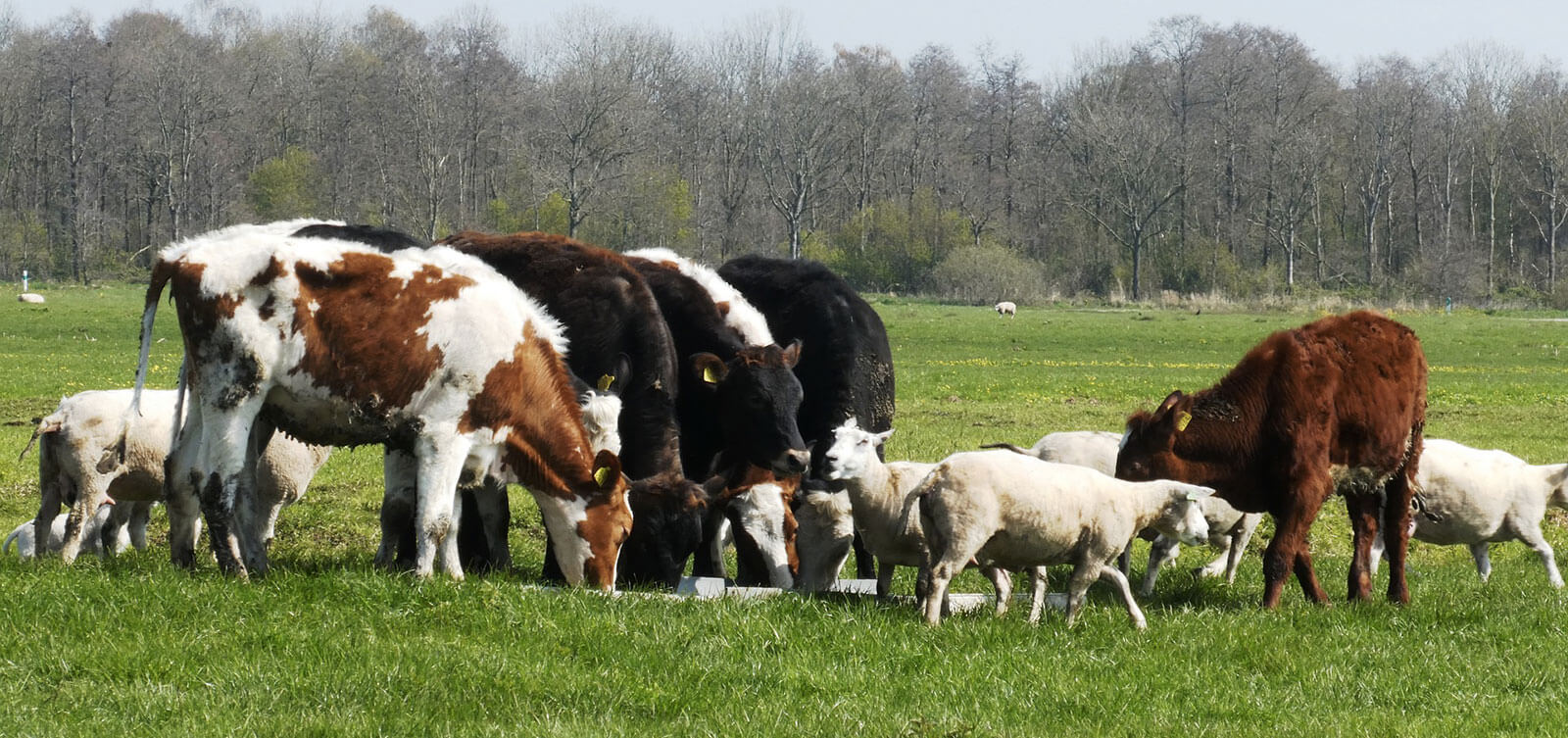
Fifty-nine percent of land on the planet is used for livestock grazing and for growing crop to feed livestock.
Livestock is one of the main causes of greenhouse gas emissions. Western Countries own the majority of breeds, but, most of them are at risk of extinction. Livestock and animal related products provide almost half of the needed daily protein and energy to human beings in Asia and sub-Saharan Africa. Food security represents a major challenge in emerging economies of developing countries. Preserving existing livestock breeds and crop biodiversity is the only solution for the future.The most common are:Cattle : over 800Goat : 156Pig : 135Horse : 216Sheep : more then 1000Chicken : 134, not including feather and color variants within the same breedCamel : 7Buffalo : 132Donkeys : 172Cattle is one of the oldest domesticated animal. Cattle was first used for: meat, milk and labor. Today they are mainly exploited for meat and milk, although labor still represents an important aspect in developing countries. Goat and sheep are cousins and by combining the two species we have the major number of breeds, also referred to as “small ruminants”. Their main uses are wool, meat and milk. Pig domestication started around 9000 years ago in the Middle East and in China. The most common use is meat but they are also rarely used for milk. Horse domestication started around 3000 BC. Its use was initially only for milk and meat. During the centuries they became pack animals and used for transport and was. Today, meat remains the main production purpose, but they are still used for sport and transport. Chicken are one of the most common and widespread domesticated animal. They are mainly used for meat and eggs. Camel is mainly used to produce milk, meat and as human transport. Skin is used to produce textiles and bags. Buffalo the main purpose, like cattle, is meat and milk. In Africa, a different species, the African Buffalo, is mainly used for trophy hunting. Donkey is a member of the horses’ family. Over the centuries they have been used as pack animals or for tough work in transport or agriculture. Today they still play the same role in many developing countries, while, in Western Countries, they are mainly farmed for milk and meat.
The future of farming
In order to guarantee a future to the next generations we should know and preserve all the different breeds. They are an important asset of every society that is the result of hundreds of years of selection and adaptation to specific geographic and climatic conditions. Every region on the Planet has the right and best breeds for that territory, getting to know them is crucial to choose what to use.Discover the Suite of Apps for Livestock Management The most complete set of tools to improve productivity





